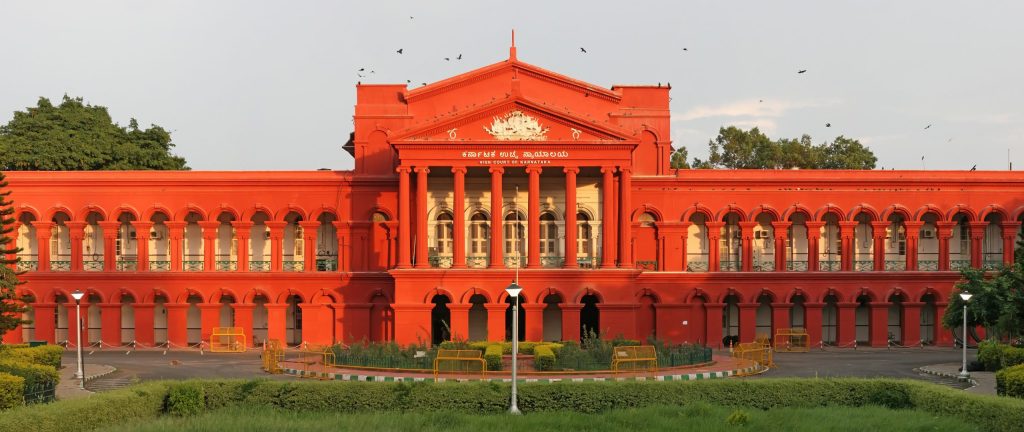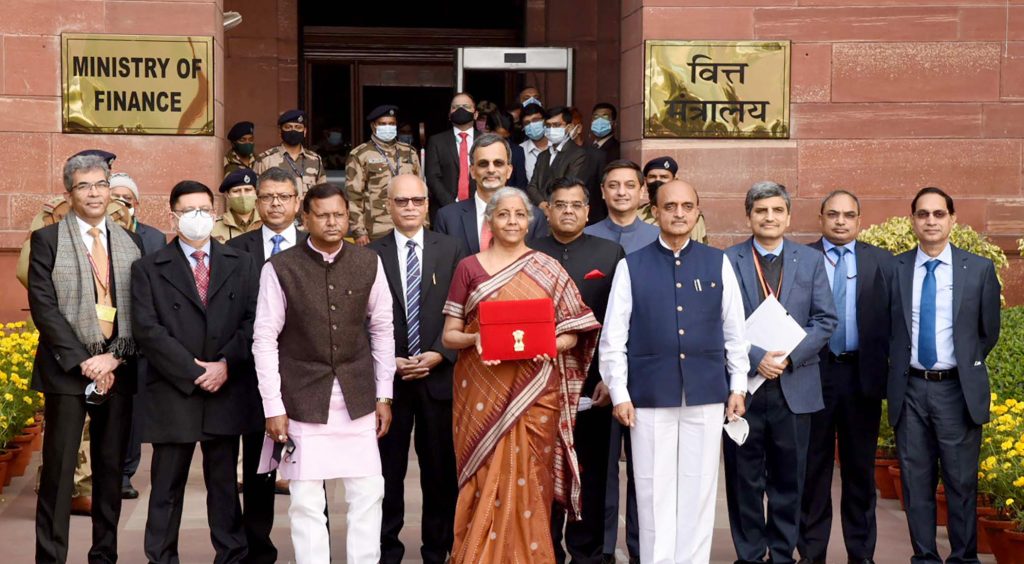Now Reading: Insightful interaction on Section 29 of Insolvency and Bankruptcy Code, 2016 with Dikshat Mehra, Senior Associate at Rajani Associates
-
01
Insightful interaction on Section 29 of Insolvency and Bankruptcy Code, 2016 with Dikshat Mehra, Senior Associate at Rajani Associates

Insightful interaction on Section 29 of Insolvency and Bankruptcy Code, 2016 with Dikshat Mehra, Senior Associate at Rajani Associates
In an insightful interaction with Mr. Dikshat Mehra, Senior Associate at Rajani Associates, he provides an overview of section 29A under IBC, explains how the Supreme Court ruling in Arcelor Mittal India Private Limited v. Satish Kumar Gupta impact corporate restructuring for prospective Resolution Applicants and the stage of challenge by a Resolution Applicant and timelines under IBC.
Q1. What is section 29A under Insolvency and Bankruptcy Code, 2016 (“Code“)?
A1. The Insolvency & Bankruptcy Code (Amendment) Act, 2018 brought about amendment to the code by the inclusion of Section 29A with retrospective effect from November 23, 2017. Prior to the introduction of 29A of the Code, every person, or body corporate etc. could participate in a bidding process of Corporate Debtor undergoing the Corporate Insolvency Resolution Process (“CIRP“). Typically the persons who, by their misconduct, fraudulent motives, had contributed to the default of the Corporate Debtor, could easily regain control of their company by bidding in the CIRP and forcing banks to take huge haircuts .Section 29A of the Code has been debatable ever since it was introduced;
- Section 29A of the Code was enacted so as to protect the interest of creditors of the company by preventing dishonest persons from regaining control of the Company at the expense of creditors;
- A person[1] shall not be eligible to submit a resolution plan, if such person, or any other person acting jointly or in concert with such person –
- Is an undischarged insolvent;
- Is a wilful defaulter in accordance with the guidelines of the RBI issued under the Banking Regulation Act, 1949;
- At the time of submission of the resolution has an account, or an account of a corporate debtor under the management or control of such person or of whom such person is a promoter, classified as non-performing asset in by the RBI and at least a period of 1 year has lapsed from the date of such classification;
Provided that the person shall be eligible to submit a resolution plan if such person makes payment of all overdue amounts with interest thereon and charges relating to non-performing asset accounts before submission of resolution plan;
- Has been convicted for any offence punishable with imprisonment for 2 years or more;
- Is disqualified to act as a Director under the Companies Act, 2013;
- Is prohibited by the SEBI from trading in securities or accessing the securities markets;
- Has been a promoter or in the management or control of a corporate debtor in which a preferential transaction, undervalued transaction, extortionate credit transaction or fraudulent transaction has taken place and in respect of which an order has been made by the Adjudicating Authority under this Code;
- Has executed an enforceable guarantee in favor of a creditor in respect of a corporate debtor against which an application for insolvency resolution made by such creditor has been admitted under this Code;
- Has been subject to any disability, corresponding to clauses (a) to (h), under any law in a jurisdiction outside India; or
- Has a connected person not eligible under clauses (a) to (i) above.
Q2. How does the Supreme Court ruling in Arcelor Mittal India Private Limited v. Satish Kumar Gupta and Ors[2] (“Judgement“), impact corporate restructuring for prospective Resolution Applicants under the Code?
A2. The Judgement amongst others discusses the concepts like lifting the Corporate Veil, Management and Control, qua Section 29A of the Code:-
- In the Judgement, Supreme Court invoked the principle of lifting the corporate veil to determine the ineligibility of the applicant, Numetal submitting a Resolution Plan. The Apex Court in the Judgement held that “Where a statute itself lifts the corporate veil, or where protection of public interest is of paramount importance, or where a company has been formed to evade obligations imposed by the law, the court will disregard the corporate veil. Further, this principle is applied even to group companies, so that one is able to look at the economic entity of the group as a whole.”
Further, it was held that it was imperative to bring to light all the real entities, or individuals who have set up such a corporate vehicle (Numetal in this case) for submission of a Resolution Plan for Essar Steel.
Management and control
- It is pertinent to note that sub-clause (c) of Section 29A contains a specific disqualification which states that a person is ineligible to bid for an insolvent company if:
“It has an account, or is in management or control, of a corporate debtor whose account has been classified as a NPA for a period of at least one year from the date of such classification until the date of commencement of the corporate insolvency resolution process.”
- In the Judgement the Supreme Court has discussed the definition of control and whether, control can be referred to only positive control or whether control could also mean power to block special resolutions of a company?
- In this background, the Apex Court has discussed the case of Subhkam Ventures (I) Private Limited v. Securities and Exchange Board of India[3], wherein the Securities Appellate Tribunal held that the expression control covers positive control as opposed to a mere reactive, or negative control;
- The Apex Court concluded that the two words “management” and “control” take colour from each other, based on which the principle of noscitur a sociis[4] should be applied. In view of this, it held that sub-clause (c) of Section 29A only refers to positive control, as opposed to the expansive reading of section 2(27) of the Companies Act, 2013, which covers negative control too.
- With respect to management, the Apex Court held that a person is said to be exercising control in cases, where he can command a situation by taking an initiative, control management and policy decisions of a company, or also appoint majority of the directors. On the other hand, if such person prevents the company from doing an act (negative control like veto rights for e.g. in shareholder’s agreement), that cannot be regarded as exercising control within the meaning of section 29A(c) of the Code.
- Keeping in view of the aforesaid principles of Corporate Veil, Management and Control qua 29 A of the Code, it becomes vital for prospective Resolution Applicant bidding under the Code to take note of the following:
- A prospective Resolution Applicant will need to be careful while restructuring its company affairs and any structuring which attempts to escape the provisions of Section 29A of the Code at the time of submission of the Resolution Plan may be held to be ineligible.
- Prospective Resolution Applicants would have to specifically see that they do not directly or indirectly fall under any of one of parameters of Section 29A of the Code and
- This Judgement will ensure that persons who are in charge of the corporate debtor, for whom such resolution plan is made, do not come back in some other form to regain control of the company without first paying off its debts which is the objective behind enacting Section 29A of the Code.
Q3. Stage of Challenge by a Resolution Applicant and exclusion of litigation period, whether to be included or excluded from timelines under the Code?
A3.
- Maximization of value of assets and strict timelines are the essence of the Code.
- Role of the Resolution Professional is only in examining and confirming the plans as held by the Apex Court in the aforesaid Judgement. The Resolution Professional is not required to take a decision on the plans submitted, but is to only place the proposals with his due diligence report, if any before the Committee of Creditors (“COC“), after providing a prima facie opinion on contraventions, if any to the provisions of the Code, including section 29A.
- The Judgement now clarifies that a Resolution Applicant can challenge the plan only when the same is rejected by the COC and not before that. This will surely be able to curtail the frivolous litigations which were filed now and then challenging every interim directions of the Resolution Professional. The Apex Court has held that Adjudicating Authority cannot intervene until, the Resolution Professional finalizes, its’ proposals and the CoC makes a decision (post voting) on the bids.
- On the question of whether the litigation period be excluded or included from strict timelines under the Code, the Hon’ble Apex Court has in paragraph 83 of the Judgement has held as follows:-
“……. A reasonable and balanced construction of this statute would therefore lead to the result that, where a resolution plan is upheld by the Appellate Authority, either by way of allowing or dismissing an appeal before it, the period of time taken in litigation ought to be excluded. This is not to say that the NCLT and NCLAT will be tardy in decision making. This is only to say that in the event of the NCLT, or the NCLAT, or this Court taking time to decide an application beyond the period of 270 days, the time taken in legal proceedings to decide the matter cannot possibly be excluded, as otherwise a good resolution plan may have to be shelved, resulting in corporate death, and the consequent displacement of employees and workers”.
- By the aforesaid paragraph, the Apex Court in our view has firstly held that, if a resolution plan which is upheld by the NCLAT (assuming after been approved by the COC and NCLT), either by way of allowing or dismissing an appeal before it, then time taken in litigation ought to be excluded from the 270-day deadline.
- Secondly, when time taken by NCLT, NCLAT and the Apex Court in deciding the application beyond 270 days the time taken in litigation cannot be possibly set to be excluded.
In our view there may be still some uncertainty on the interpretation of the exclusion and inclusion of the time spent on litigation under the Code. Interestingly, the Apex Court has not expressly overruled the NCLAT’s order in the matter of Quinn Logistics India Pvt. Ltd[5], wherein, the Adjudicating Authority had specifically held that the time spent on litigation would be excluded from the 270 day deadline with a caveat that, after exclusion of the period, if further period is allowed the total number of days cannot exceed 270 days which is the maximum time limit prescribed under the Code.
[1] Person under the Code includes (a) an individual; (b) a Hindu Undivided Family; (c) a company; (d) a trust; (e) a partnership; (f) a limited liability partnership; and (g) any other entity established under a statute, and includes a person resident outside India.
[2] Civil Appeal Nos. 9402-9405 of 2018
[3] Appeal No. 8 of 2009
[4] Meaning of questionable words or phrases in a statute which may be ascertained by reference to the meaning of words or phrases associated with it.
[5] Company Appeal (AT) (Insolvency) No. 185 of 2018.








